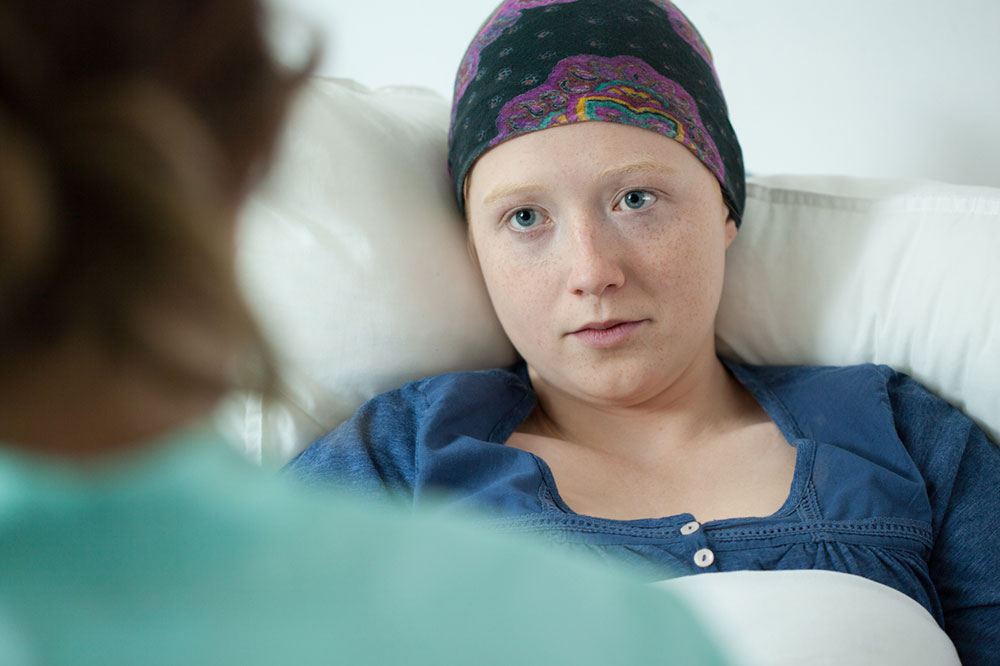
5 Possible Treatment Options for Leukemia
Leukemia is the cancer of the blood. The treatment options available to the patients vary from one to the other. The health care professionals chart up a treatment plan based on the patient’s condition. The factors considered include the spread of cancer cells, the disease’s progress, and the patient’s medical history. None of these options come without possible side effects but are necessary, nonetheless.
Here are some treatments for leukemia that the patient might have to undergo.
1. Biological therapy
Biological therapy is one of the few commonly used options employed for the treatment of leukemia. This treatment method is aimed at better equipping the immune system. Alternatively known as immunotherapy, it increases the immune system’s ability to detect abnormal cells and then destroy them. Antibodies are derived from other living organisms or are synthetically obtained and administered into the patient’s body. This helps the patient’s immunity produce the proper response based on the cancer’s type and severity.
2. Chemotherapy
Chemotherapy is one of the most common methods used to treat cancer. Chemotherapy drugs help kill cancerous cells by administering them either orally, dermally, or using central lines. The medications used in this procedure can be single or can be a mixture of some. The treatment plan for this procedure is dependent on the spread of the malignant cells and their rate of growth. It also involves some rest periods in between.
3. Radiation therapy
The viability of radiation therapy in one’s treatment procedure is dependent on their current situation. In this procedure, the health care providers make use of high-intensity radiations to destroy cancer cells. Although radiation therapy is typically employed when the cancer cells remain restricted to an area, it has proven effective in the later stages of the disease. It proves its efficiency for its employment in the treatment of leukemia. Radiations tend to leave the irradiated area dry and rough, which can be seen as a side effect of the procedure.
4. Stem cell transplant
Stem cell transplant as a treatment for leukemia makes use of both chemotherapy and radiation therapy. The two procedures are employed to rid the patient’s body of leukemia cells and to empty their bone marrow. After this is done, the stem cells are introduced into the patient’s body and help the bone marrow in new cell production. However, the treatment would require the patient to be in the hospital for weeks at a stretch, unlike the other procedures that only take a few hours.
5. Targeted therapy
Targeted therapy is one of the more preferred treatment procedures due to its specificity. The procedure aims at destroying or stopping cancerous cells from causing damage to the patient. Its preference is because of the protection to the body’s normal cells from harmful exposure to chemicals or radiation. The procedure’s ability to keep healthy cells intact and destroy the unhealthy ones is the reason for its name. The medications used in this procedure are either administered in the form of pills or injections. One of the side effects of targeted therapy is the bloating of the stomach.


